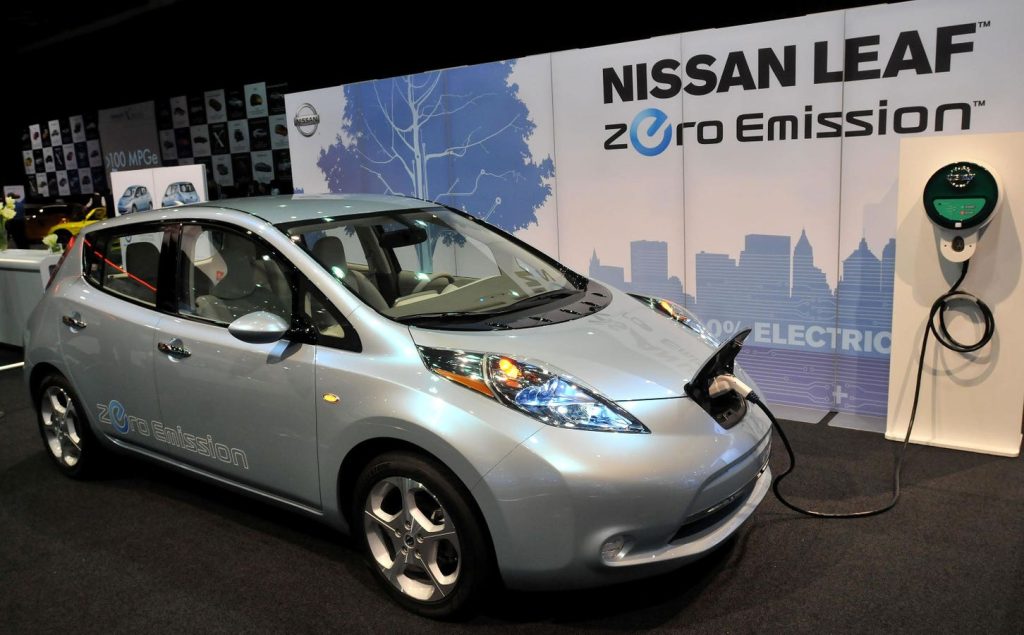The global automotive landscape is undergoing a seismic shift, driven by the relentless push towards electrification and software-defined vehicles. Established automakers, particularly those lagging in the transition, are facing an existential crisis, prompting a wave of consolidations, partnerships, and strategic realignments. The recent discussions between Japanese auto giants Nissan and Honda about deepening their ties, potentially culminating in a full merger, exemplify this trend. This prospective alliance underscores the mounting pressure on traditional manufacturers to pool resources and expertise to compete against emerging industry leaders, particularly those from China, who have taken a commanding lead in electric vehicle technology. This new competitive landscape has disrupted the established hierarchy, with legacy manufacturers like Volkswagen in Germany, once the paragon of automotive innovation, now grappling with plant closures and a challenging transition to electric mobility.
The potential Nissan-Honda merger arises from a shared vulnerability: both companies are significantly behind in the electric vehicle and software development race. Their combined annual sales of approximately 7.5 million vehicles would position them as the world’s third-largest automaker, trailing only Toyota and Volkswagen. This scale is seen as crucial for survival in a market demanding massive investments in new technologies. The merger talks are accompanied by other strategic maneuvers, including a potential sale of some of Renault’s 36% stake in Nissan to Honda, signifying a potential disentanglement of the long-standing Renault-Nissan alliance. This restructuring would allow Nissan to strengthen its domestic position against Toyota’s formidable coalition, which includes Mazda, Subaru, and Suzuki. The involvement of Taiwan’s Foxconn, with reported interest in acquiring a controlling stake in Nissan, further complicates the scenario, adding another layer of intrigue to the evolving alliances and power dynamics within the industry.
While a merger offers the promise of significant cost savings and increased market share, the success of such a venture hinges on more than just size. Stellantis, the product of a merger between Fiat Chrysler and PSA Group, serves as a cautionary tale. Despite initial success and impressive profitability, the company recently experienced a sudden downturn, leading to the departure of its CEO, Carlos Tavares. This demonstrates that mergers, while offering potential benefits, are not a guaranteed recipe for success. The true measure of success lies in developing desirable vehicles at competitive prices that resonate with consumers and satisfy shareholders. Simply combining two struggling entities doesn’t automatically create a thriving, innovative force. The combined entity must effectively leverage its newfound scale to accelerate technology development, streamline operations, and address the specific weaknesses that placed each individual company at a disadvantage in the first place.
Analysts highlight the critical importance of focusing on customer demand and shareholder value. A successful merger requires more than just cost-cutting; it necessitates a strategic vision that prioritizes the development of appealing and technologically advanced vehicles. The combined entity must be agile and responsive to the rapidly evolving market dynamics, particularly in the electric and autonomous vehicle segments. The challenges faced by legacy automakers like Volkswagen, struggling with plant closures and the transition to electric vehicles, underscore the urgency of adapting to the new automotive paradigm. The competitive threat from Chinese manufacturers, with their advanced electric vehicle technology and aggressive market strategies, adds further pressure on traditional players to evolve and innovate.
The potential Nissan-Honda merger exemplifies the broader consolidation trend sweeping the global automotive industry. This trend is driven by the immense financial pressures of developing next-generation technologies, coupled with the intensifying competition from new entrants, particularly from China. This pressure is felt across the industry, from established European giants like Volkswagen, Renault, and Stellantis, to Japanese automakers like Nissan and Honda. The future of the industry hinges on the ability of these companies to adapt, innovate, and strategically position themselves for a market increasingly defined by electric vehicles, autonomous driving, and software-defined architectures. The success of these mergers and alliances will depend not just on achieving scale, but on effectively leveraging that scale to accelerate technological development and deliver compelling products that meet the evolving demands of consumers.
Ultimately, the question remains whether the combination of two companies lagging in key technological areas will create a stronger, more competitive entity. While the merger offers the potential for cost savings and increased market share, the true test lies in the ability of the combined entity to accelerate its development of electric vehicles and software-defined cars. The success of the merger will depend on the execution of a clear strategic vision that prioritizes innovation, customer satisfaction, and shareholder value. The challenges faced by other merged entities, like Stellantis, serve as a stark reminder that simply combining two struggling companies doesn’t guarantee success. The new entity must demonstrate a commitment to developing cutting-edge technologies and delivering desirable vehicles that can compete in the rapidly evolving automotive landscape. The pressure from emerging competitors, particularly from China, further underscores the urgency of this task. The future of Nissan and Honda, and indeed the wider automotive industry, hinges on the ability to adapt and innovate in this era of transformative change.

